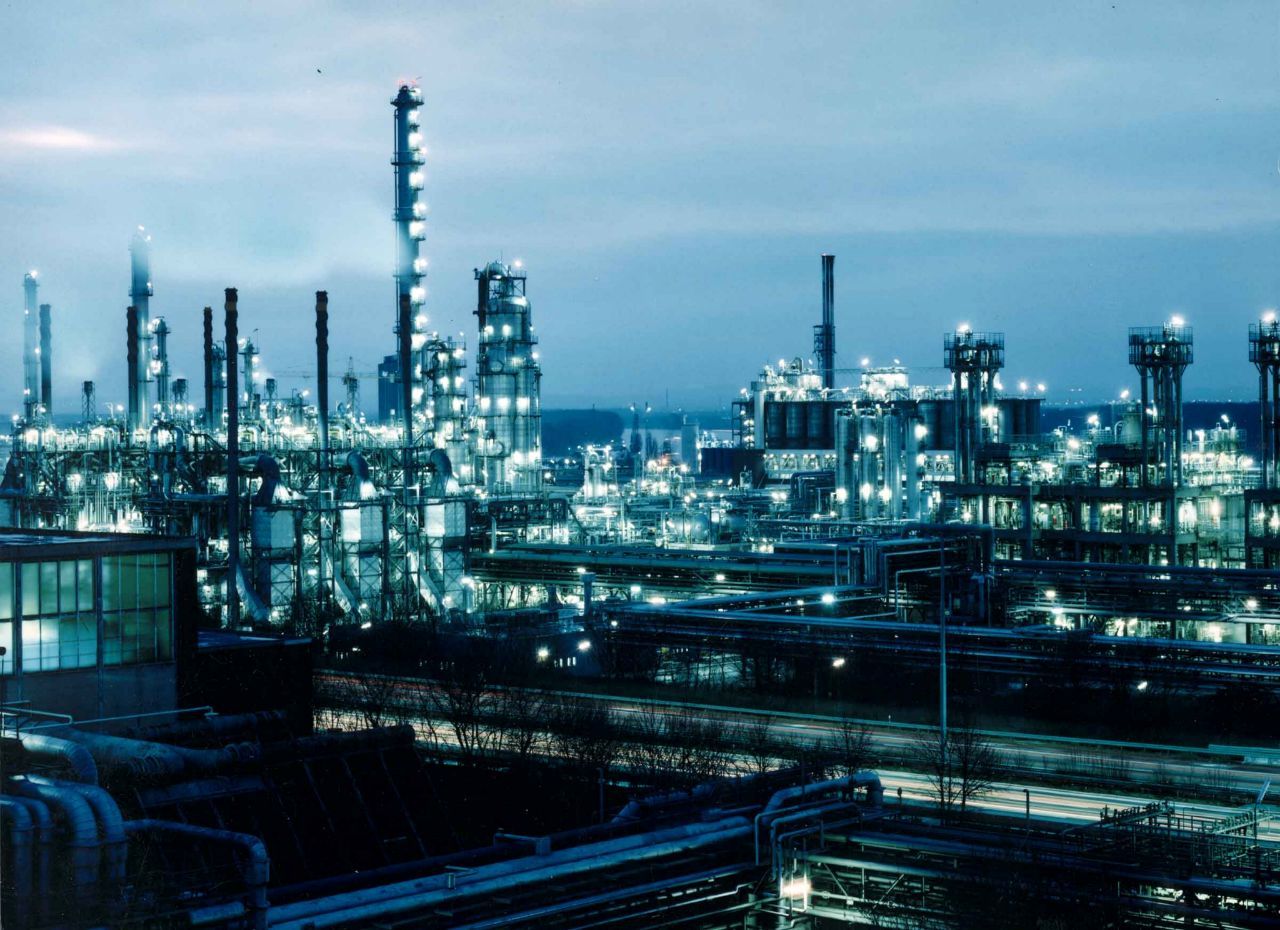US petrochemical feedstock volatility could last through 2020: LyondellBasell CEO.

HIGHLIGHTS
Ethane shut-ins help boost prices
Naphtha feedstock's cost advantage to fade in long term
Petrotahlil — Petrochemical feedstock volatility in the US is expected to last through the rest of the year on low oil prices and ethane production shut-ins amid the coronavirus pandemic, LyondellBasell CEO Bob Patel said at a conference on Friday.
In the medium term, ethane availability can easily meet the needs of higher operating rates for crackers, he said. In the long term, or two-plus years out, US ethane is expected to be enough to get to the market and regain its cost advantage to naphtha, Patel said at the Goldman Sachs Industrials Materials virtual conference.
He said the recent run-up in ethane prices was "somewhat unexpected" and emerged as production in some US oil and gas basins shut down because crude prices fell so sharply as to render output uneconomic.
At the same time, the company estimates that up to 1 million b/d of produced ethane was rejected as demand declined in March, up from 400,000 b/d in the fourth quarter last year, and as much as 400,000 b/d still won't get to market because production shut-ins reduced the output of associated gas produced alongside oil.
"Ethane that was being produced got shut-in, and ethane that was being rejected wasn't recovered fast enough," Patel said. "I think what we're left with is still excess ethane, but we've got a transit there through this period of some wells being shut-in. Some are going to go back into recovery mode."
As a result, prices for naphtha, which is priced off of oil, have fallen sharply as prices for ethane, priced off of natural gas, rose with less being produced.
Light straight-run naphtha prices reached 133.50 cents/gal on Jan 7, fell to 24.25 cents/gal by April 1, and were assessed Friday at 52 cents/gal,Platts data showed.
Ethane, however, reached 15.50 cents/gal on January 7, then fell to 10.50 cents/gal by April 1 and was assessed Friday at 24.375 cents/gal, Platts data showed. For newer ethane-only US crackers, those moves eroded the cheap feedstock cost advantage.
Patel said that as ethane prices rise and naphtha gains the feedstock cost advantage, crackers with flexibility to switch between the two as well as liquefied petroleum gas, "and perhaps curtailment of exports," could ease run-ups on ethane.
The US has two ethane export terminals -- one in Texas and the other in Pennsylvania.
PE PRICE INCREASE ANNOUNCEMENTS
Higher ethane costs helped prompt US polyethylene producers to announce price increases for domestic material, Patel said. LyondellBasell, Dow Chemical, Formosa Plastics USA, NOVA Chemicals and Chevron Phillips Chemical this week announced 4 cents/lb price increases on polyethylene products effective in June.
"Costs have come up a good bit," Patel said. "This increase, at least in our view, is not so much about the fact that the markets are tight or something. It's just that costs have come up a lot."
Patel also said the company's new 550,000 mt/year high density polyethylene plant at La Porte, Texas, which has been ramping up, has been "up and down" as LyondellBasell works through getting it up to full rates.
He said the company has exported some of the plant's output, but is still "working through the product wheel" as international markets ease pandemic-related lockdowns and export demand improves. Patel said the company has been hampered on exporting more PE to China, because China sees limited export demand for finished goods made with imported resin.
"As the year progresses and as lockdowns ease and trade flows start to resume, I don't think they'll get back to where they were in 2019, but any improvement should increase the flow of exports out of the US of polyethylene, and therefore, then the export of finished goods out of China," Patel added.
END





